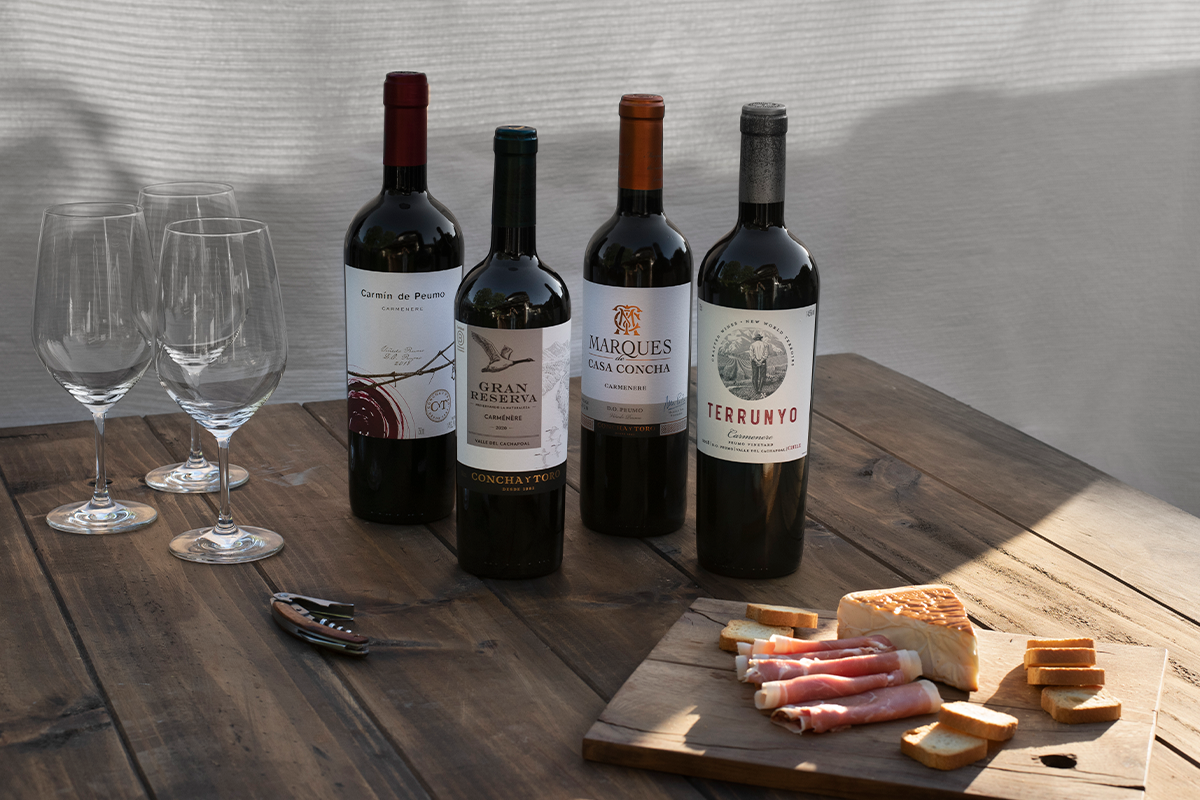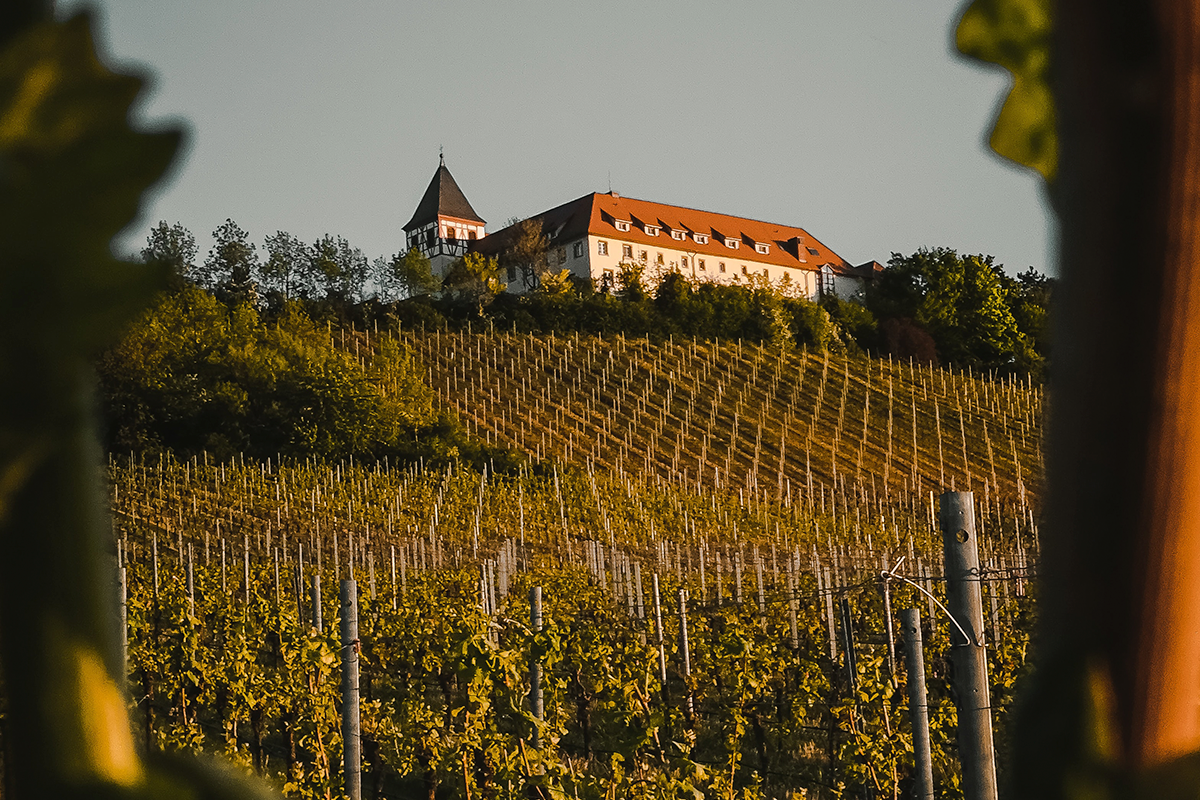10 de December de 2021
How to become a wine sommelier
If you fell in love with the world of wine and decided that you want to leave your desk job to dedicate yourself to visiting vineyards, choosing the wines from a restaurant and matching them in the best way with food dishes. Or simply, if you want to go back to the classroom to get that diploma that makes you a sommelier and along with this turn your life around, but you don’t know how. Then pay attention to this note.
But first, let’s answer the question What is a sommelier? Basically, it consists of a great taster and connoisseur of wine grapes, their origins, the soil influences, the wine-growing regions of the world and the wineries. That, in addition, knows how to communicate it. Broadly speaking, it is the link between the winery and the customer. Who is qualified to recommend bottles and to create the best pairings between food and wine. However, a sommelier’s career can take different directions. In the end, it will depend on the aspirations of each person.
Here are some tips on how to become a sommelier.
-
Dig into the world of wine
“I think that every person who wants to study sommelier at least has to have a previous approach to the world of wine, regardless of whether he likes it,” explains Concha y Toro sommelier, Jazmín Adriasola. She suggests attending to wine tastings or visiting a tourist centre such as the Traditional Tour offered by Concha y Toro in Pirque Viejo in the Maipo Valley, where it is possible to “visit the grape varieties garden that has 24 different types of grapes planted. You get a general explanation of the vegetative cycle of the vine and you end with a tasting of three wines. There is definitely a before and after to that tour”.

Complementing with readings on the history of wine, wine-growing regions and anything else that may be of interest is also a good idea. Then it is always advisable to look for a job in the industry. “I started working in the vineyard 15 years ago, first as a tour guide,” explains Jazmín.
-
Train your palate
For Massimo Leonori, Head Sommelier of Concha y Toro, it is essential to start tasting wines as much as possible. “Wines of different varieties, of the same variety but from different areas, wines of different origins. And so, start by learning to differentiate the grape varieties. An excellent exercise Putting on a Carmenère, a Cabernet Sauvignon, a Syrah and seeing what differences are between one and another. And then go deeper, or incorporate wines that are more or less aged in oak, “says Leonori.

Starting to buy wines to taste and practice at home is always an option within reach. “I believe that the easiest and most educational line of wines to learn about the varieties and characteristics they have is Casillero del Diablo, because they are fairly straightforward monovarietal wines and express fruit very faithfully,” adds Leonori. “As Casillero del Diablo does not have so much influence of oak, I think it is very clean portfolio to approach the world of wine,” adds Jazmín. While Luis Álvarez, sommelier at the Pirque Tourist Center, recommends Marques de Casa Concha wines because “they preserve their typicity very well, they express the designation of origin, each vineyard has special conditions for each variety, therefore the expression in aroma and in the mouth is very own ”.
However, tasting wines without someone to guide you can be difficult at the beginning. For this reason, Leonori recommends joining a wine club where members have the opportunity to receive wines, participate in guided tastings, or go to a wine bar where there is a sommelier who tells you about the wine you drink, especially if it is you haven’t studied about it.
-
Get certified
While you don’t need a certificate to be called a sommelier (in fact, many people make their careers by starting as a waiter in a wine bar or restaurant), earning a diploma goes a long way. First, because it will help you find a job since the title is highly respected. Second, because it will give you a great deal of knowledge and practical skills when it comes to tasting and serving wine. Basically, it is a very valuable training, especially if you have no previous experience.
Fortunately, the options are several. “Two good places to learn and study in Chile are the Chilean Sommelier School and also the Wine & Spirit Education Trust (WSET) courses,” Leonori indicates. “I studied at the Sommelier School in Chile and then if you want to get certified internationally, the school is associated with the International Sommelier Association (ASI), which is where you can get certified worldwide,” says Jazmín.

Ph: WSET
Other option to study online is through the International Sommelier Guild, which offers different diplomas. And then we cannot fail to mention the maximum degrees to which a sommelier can aspire: Master Sommelier (MS) and Master of Wine (MW). Titles obtained through the Court of Masters Sommelier (CMS) and the Institute of Masters of Wine (IMW), respectively.
-
Travel
Whether you have the certification or not, travel through wine-producing countries to taste their native varieties, visit wineries, vineyards and why not, participate in the harvest season, it is also a great way to learn.
Above all, for those who live in wine-producing countries like Chile, where most of the wines are national. Tasting, experimenting and buying wines from different origins is a fundamental sensory experience for those looking to become a sommelier, as the differences can be stark. Which as a result, helps a lot to extend the options that the nose and the palate can understand as expressions of wine. This added to the culinary experiences that a trip provides. A beneficial investment wherever you look at it.
Vinos relacionados a este artículo
Un Concha y Toro para cada ocasión

















